Eat My Shorts! What can we learn from the viral sayings of our childhood to understand 6-7?
Down, down, baby. Down by the rollercoaster. Sweet sweet baby, I'll never let you go. Shimmy shimmy coco pop. Shimmy shimmy pow. Shimmy shimmy coco pop. Shimmy shimmy pow!
This issue of Social Signals was written to Khruangbin’s new album, The Universe Smiles Upon You ii.
Oh yeah, here we go! I found myself talking about dark social sharing this week, and it had me digging up this CBS News piece I was interviewed for around SXSW back in 2016: Messaging apps embrace the “dark social” Web. It’s crazy to look back almost 10 years and see the signals that were leading to where we’re at today. And it feels good that some of those predictions were dead-on (although they’re not always!!).
Anyway, let’s talk about something that’s happening RIGHT NOW….
Are we as sick of the word “AI” as the word “6-7?” Well, it doesn’t matter because both are here to stay.
In fact, there were at least four (4!!!!) conferences focused on AI in the Twin Cities alone. What momentum, right? I went to at least one of them and am sharing a short recap below from my Looki AI wearable this week.
On the viral saying front, this week I’m also sharing about 6-7 from a little different perspective… what was the dumb stuff we said as kids all the time that adults hated? And how did those spread? And what can we learn from that?
Let’s get into it! -Greg
Eat My Shorts! What we can learn from the viral sayings of our childhood to under 6-7
If you’ve recently heard a kid shout “six-seven!” out of nowhere—at school, at home, or trick or treating – welcome to the cultural moment. You’re not losing your mind. We’re all just living in Gen Alpha’s world now.
“6-7”, a catchphrase that means... absolutely nothing, has become Dictionary.com’s 2025 Word of the Year. And the best part? Even the people who started it can’t tell you what it means. It’s the linguistic equivalent of shrugging while juggling invisible oranges, and somehow, that makes perfect sense right now.
And this whole thing speaks to the way culture works in 2025.
The 6-7 Origin Story
It started with a song. In late 2024, a track called “Doot Doot (6-7)” by rapper Skrilla started making waves on TikTok. One lyric in particular, “6-7, I just bipped right on the highway,” became the audio of choice for highlight reels, especially basketball clips. That’s likely thanks to NBA star LaMelo Ball, who happens to be 6’7”.
But the real ignition point was a now-legendary clip of a 12-year-old screaming “six-seven!” at a youth basketball game while doing an animated hand-juggle motion. The video went viral, and the phrase started echoing through hallways, lunchrooms, and social videos everywhere.
It didn’t matter what it meant. The point was that it didn’t mean anything.
That’s what made it funny. That’s how humor works now.
Brainrot Slang = Gen Alpha Humor
The brilliance of “6-7” lies in its complete lack of meaning. It’s not a metaphor. It’s not coded language. It’s not even ironic in the traditional sense. It’s pure absurdity.
Kids yell it when they hear the number six. Or seven. Or sometimes just… whenever and for no reason at all. Like a nervous tic.
My teacher friend says she hears the phrase “6-7” at least 80 times a day. Imagine a word becoming famous because it’s an anti-word. That’s where we are.
Linguists have a name for this kind of thing: “brainrot slang.”
It’s deliberately dumb, infectious language meant purely for fun. It’s meme-speak that rewards people who are in on the joke and confuses everyone else.
And that’s kind of the point. It’s not about meaning. It’s about belonging.
Using “6-7” is less about language and more about performance. It’s a flex. A vibe. A moment of chaotic camaraderie.
We Adults Are (Predictably) Baffled
Trying to decode “6-7” is cringe, as the kids would say. Teachers know better than trying to ban it. It’s being covered in the press. And parents, in a moment of peak Millennial-trying-to-be-funny energy, started weaponizing it against their kids.
Did you have parents wearing “6” and “7” while their kids were trick or treating in your neighborhood this year? We did. The morning shows did “6-7” costume segments. The LA Public Library did an explainer video. South Park dropped a reference. NFL players worked it into touchdown dances.
And nothing kills a trend faster than your mom and the media making it their personal brand.A quick search online finds tons of 6-7 shirts, costumes, and cringeworthy swag…
“6-7” is the New “I am Cornholio”
But this isn’t new at all. Kids and culture have always thrived on inside jokes, weird catchphrases, and inexplicably viral slang.
Long before hashtags and For You Pages, these phrases traveled the old-school way: word of mouth, TV screens, playgrounds, and lunch tables.
Here are some of the greatest analog ancestors of “6-7,” each one proof that virality existed well before we had the tools to track it.
“Eat my shorts!” — Bart Simpson (1990)
Bart’s catchphrases from The Simpson’s exploded thanks to the show’s breakout popularity and a merch juggernaut of T-shirts, lunchboxes, and pencil cases. The phrases were edgy, punchy, and slightly disrespectful. See also: “Don’t have a cow, man!” and “Underachiever and proud of it.” These phrases were spread from weekly TV that maybe you weren’t allowed to watch (I wasn’t!), and shirts were banned from schools. This was viral marketing before we called it that.“I am Cornholio!” — Beavis from Beavis and Butt-Head (1993)
MTV’s iconic cartoon gave us Beavis’s alter ego: Cornholio, a wide-eyed, hyperactive version of himself who demanded “T.P. for my bunghole” while pulling his shirt over his head. If you were a teenager in the mid-90s, you either quoted Cornholio or knew someone who did daily. That was my friend Brad. This one reminds me of “6-7” directly because adults didn’t get it. Teachers hated it. Teens loved it.“Whassup!” — Budweiser commercial (1999)
I think of “Where’s the Beef?” and “Whassup!” both in the camp of memetic phrases spread by TV commercials that set the stage for kids driving by Arby’s and yelling, “We have the meats!”. Originally a commercial for beer, the one-word greeting of “Whassup!” quickly became a national phenomenon that transcended the advertisement. To me, it’s a rare example of a brand meme that fully entered pop culture and stayed there long after the ads stopped running.“Down Down Baby” / “Shimmy Shimmy Cocoa Pop” (timeless)
Before TikTok dance trends, there were hand-clap songs that were passed down from kid to kid, often without any adult ever knowing where they came from. The first one that comes to mind for me is “Down Down Baby,” which kids seemed to know well before Tom Hanks iconic performance of it in the movie Big.“Guess what?... Chicken butt!” (It’s timeless!)
Yes, this one. The ultimate punchline to a joke that’s not really a joke. You could argue this is the original “6-7.” It’s nonsensical, ubiquitous, and contagious. And I bet you still think about it when people ask, “Guess what?”
The Meme as a Mirror
We also live in a participatory culture now. We don’t just repeat memes. We perform them. Remix them. Own them. A meme isn’t something they consume; it’s something we co-create.
So why honor a nonsense phrase as Word of the Year? The Oxford word of the year for 2024 was brain rot, so it only makes sense the word for 2025 would actually be brainrot itself.
Also, it’s been around a full year old now (even if you just heard about it last month).
And I think it says something real about the moment we’re in. “6-7” reflects how fast culture moves, how participatory language has become, and how absurdist humor is being used to navigate an increasingly unpredictable world.
In a way, it’s the perfect linguistic avatar for 2025.
I love this take from Nicole Loos Miller:
Greg Swan Explains the Internet on WCCO
and I chatted about it on WCCO this week (YouTube, Podcast). And yes, the brands are getting involved, as recently as THIS WEEK (ahem, it was 11/6-7, after all):
The meme is still alive, no matter if you like it or not. So next time you hear a kid shout “6-7!!”, don’t panic or cringe. Just smile and wait five minutes for the next viral thing.
Because in a world full of noise, sometimes the loudest thing is the joke we all pretend not to get. Six-Seven!! -Greg
📢 Hear Greg Speak
Creative Mornings - Friday, November 14 (tickets open Monday here)
Client Case Study Event - To be announced for December!
2026 Trends Keynote - To be announced for January!
Interested in me speaking at your event? Hit me up.
🤖 Takeaways From Applied AI Conference
This week I attended the Applied AI Conference, and the best sessions weren’t about tech. They were about people.
From “The Future of Tech: Creatives as the Next Tech Giants” to “The Human Side of AI Adoption,” each speaker came back to the same truth: AI isn’t replacing humanity. It’s revealing it.
reminded everyone that most AI initiatives fail not because of the tech but because of fear, identity, and culture. We resist what threatens what we know. Trust, transparency, and clear communication are the missing accelerators for adoption.
What’s clear is that the future of AI isn’t just technical. It’s emotional, cultural, and profoundly human. Love being part of a community who is spending time working that out together.
Here’s a video my Looki AI wearable auto-created from the event (that’s not that great, honestly):
Thanks to
and all of the staff, volunteers, speakers and sponsors who made today this fifth annual event possible. I left feeling excited for what’s next! And that’s my favorite feeling ever. -Greg📊 Chart of the Week
⚡️ Social Signals
Ad of the Week: This spot from John Lewis made me tear up and then immediately texted my oldest kid at college. Good advertising makes you FEEL.
The Drones are Coming Signal of the Week: Two Walmarts in Georgia are launching drone delivery service making them the first in the state to offer this new option. Customers in select nearby radius will soon be able to have items delivered straight to their doorstep by drone. The package has to be under 2 lbs.
Leadership Cheat Code of the Week: I really loved this short clip from Brene Brown about her marble jar theory of trust. Hang in there for the kiddo part because she brings it back to leadership and how we earn trust from our teams one action at a time.
Publisher Signal of the Week: Why So Many Publishers Are Launching Brand Marketing Campaigns Right Now from Adweek. Key quote: “The most obvious reason publishers are amping up their brand marketing efforts is because the ways in which consumers are engaging with the news has changed. Referral traffic from social platforms has been in decline, and disruption posed by artificial intelligence to search engines has only compounded the issue. With fewer consumers now passively encountering news content, publishers need to increase their proactive efforts to reach them…In particular, younger generations that have come of age after these shifts in traffic patterns are more likely to be unfamiliar with these publishers in the first place. Publishers can no longer rely on simply producing content and assuming it will find its way in front of these audiences.”
Threads of the Week:
Tweet of the Week:
Tool of the Week: If you haven’t yet checked out Pomelli, now is the time to do so. You give it any URL and it scans for brand/fonts/tone/imagery and then you give it a prompt and it makes content/ads. I’ve been testing it making holiday campaign ads for a brand I’m working with. It’s pretty good at first blush (and then when you dig in it’s not that great but is an easy cheat). Would be good for making comps for proof of concepts/proposals/pitches!
Thread I Can’t Stop Thinking About of the Week:
YouTube of the Week: Neil deGrasse Tyson Explains It’s Harder to Know What’s Real.
Insta of the Week: If you’ve ever thought you should dig up your basement and then leave it all dirt so you can use remote control excavators and dump trucks to move earth around indoors, do I have the Instagram account for you!
Keep going! ✨ See you on the internet!
Greg



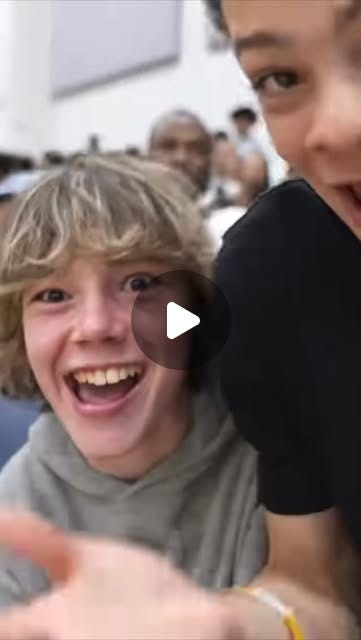

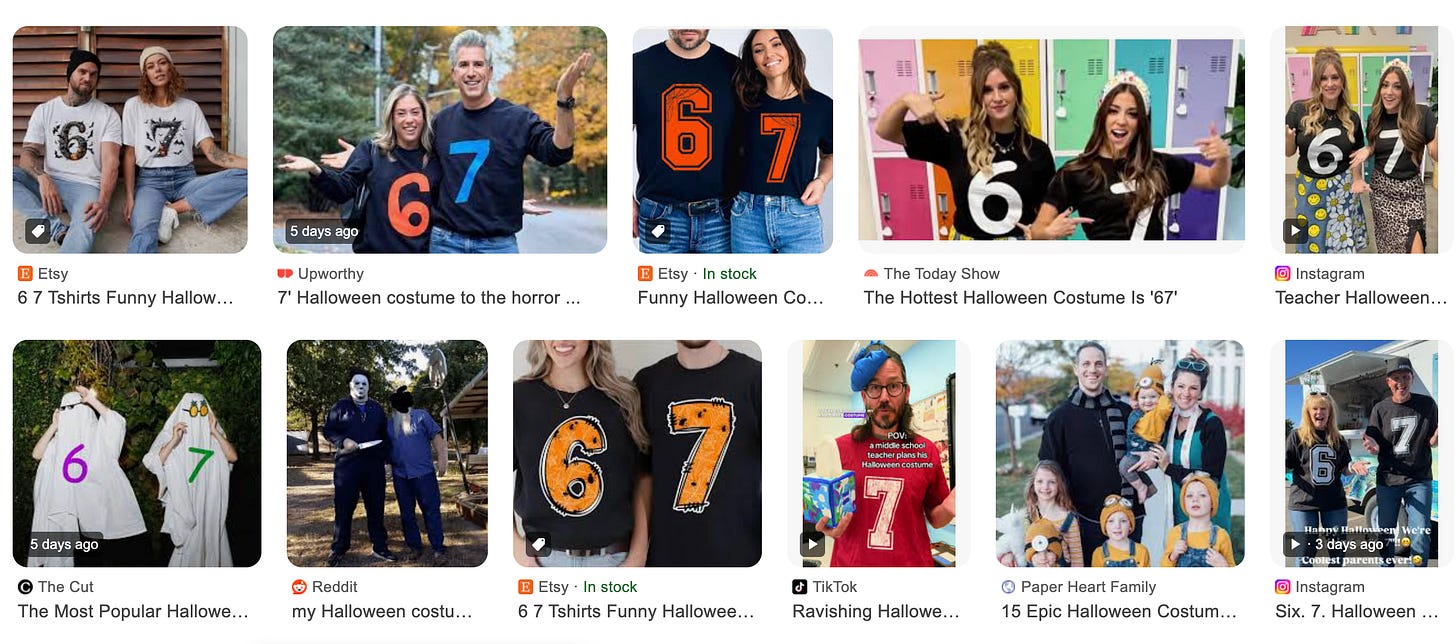

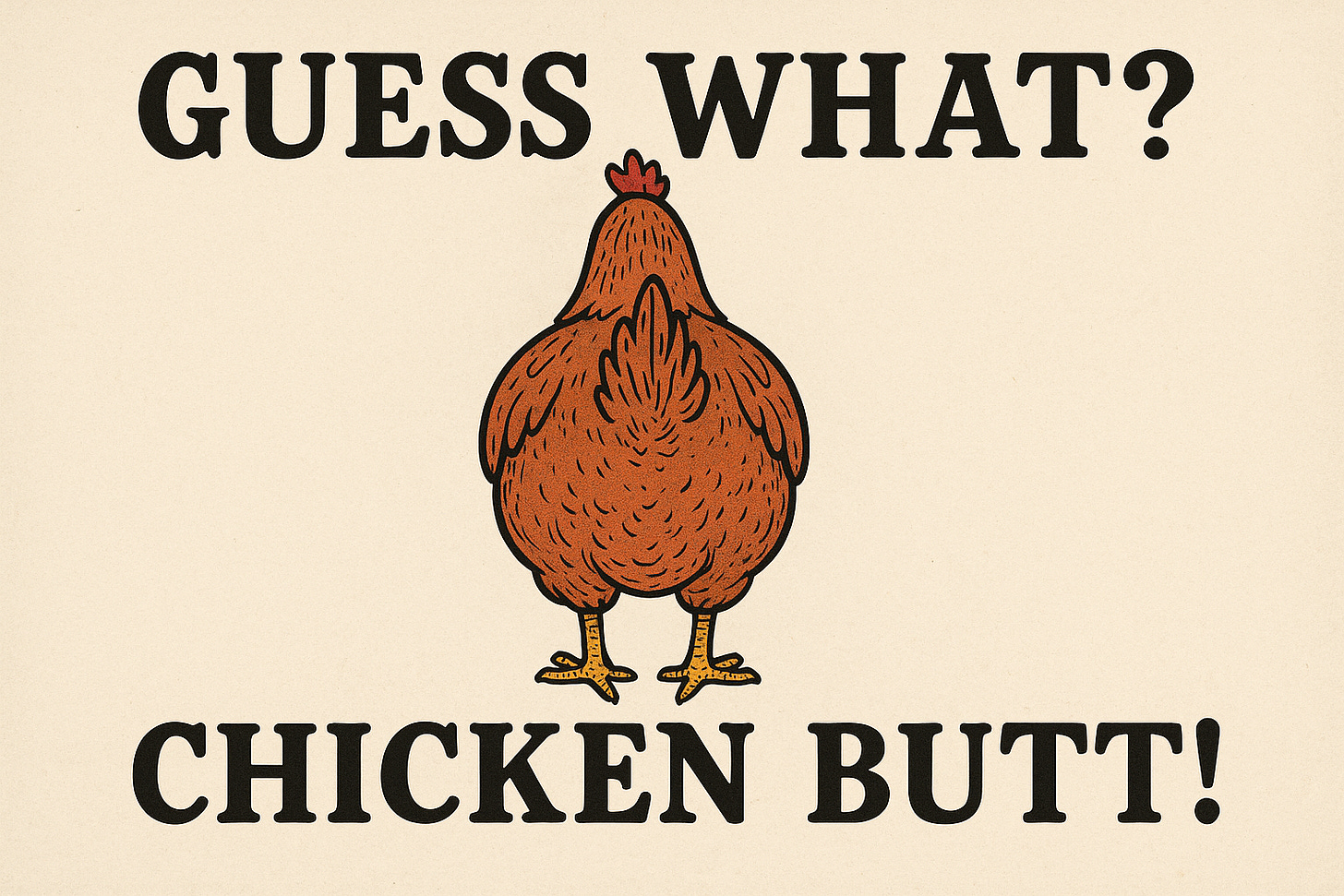
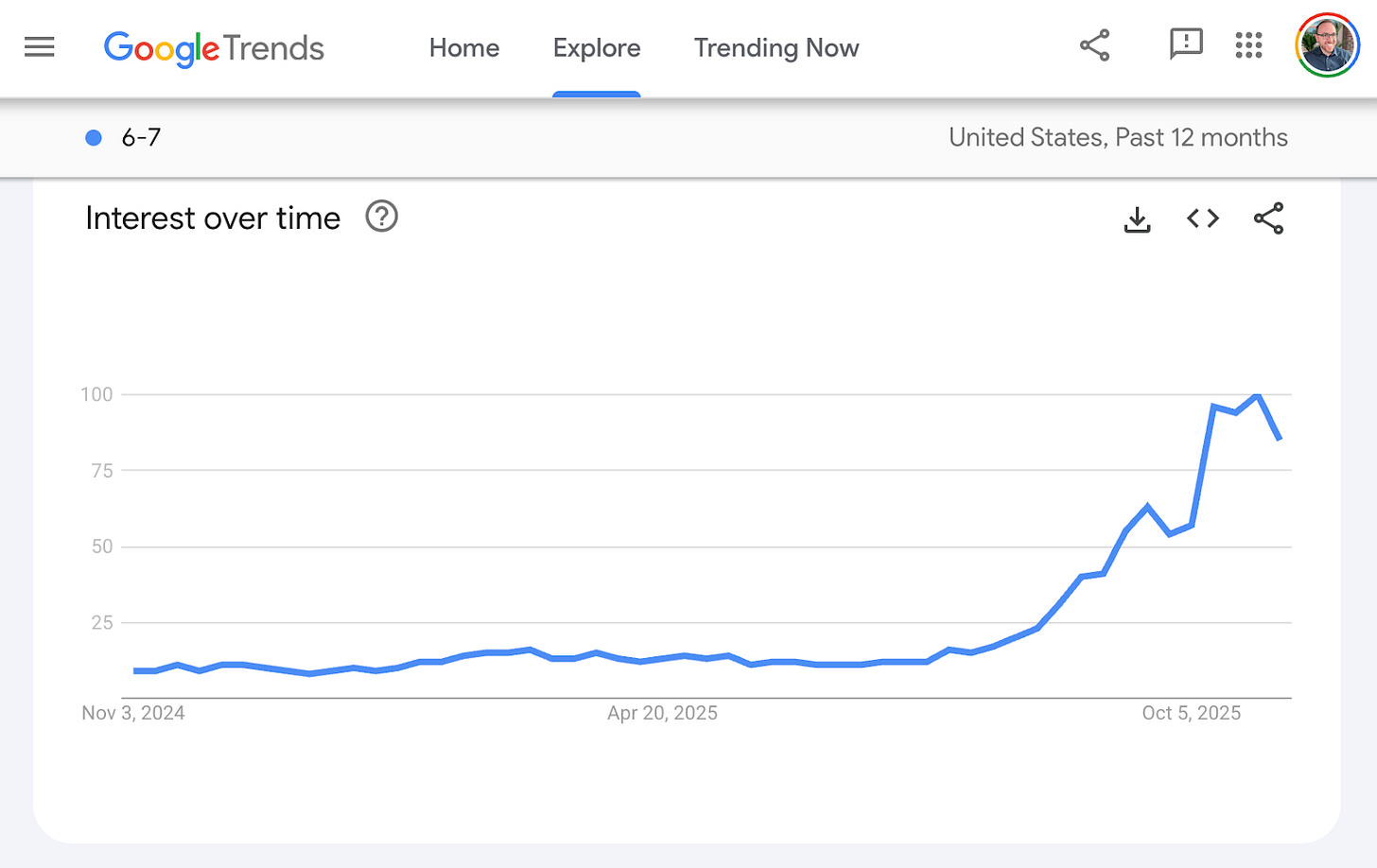
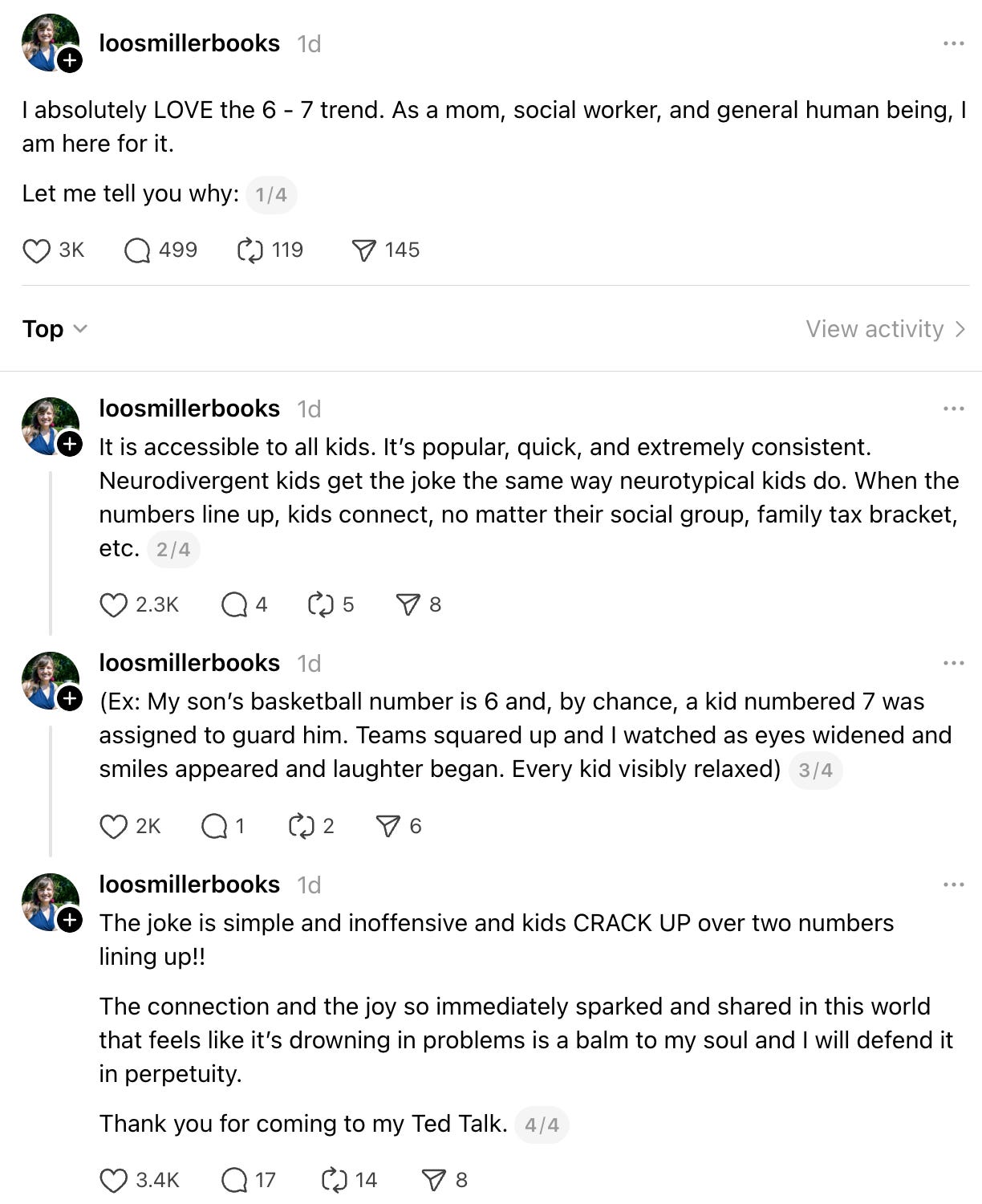




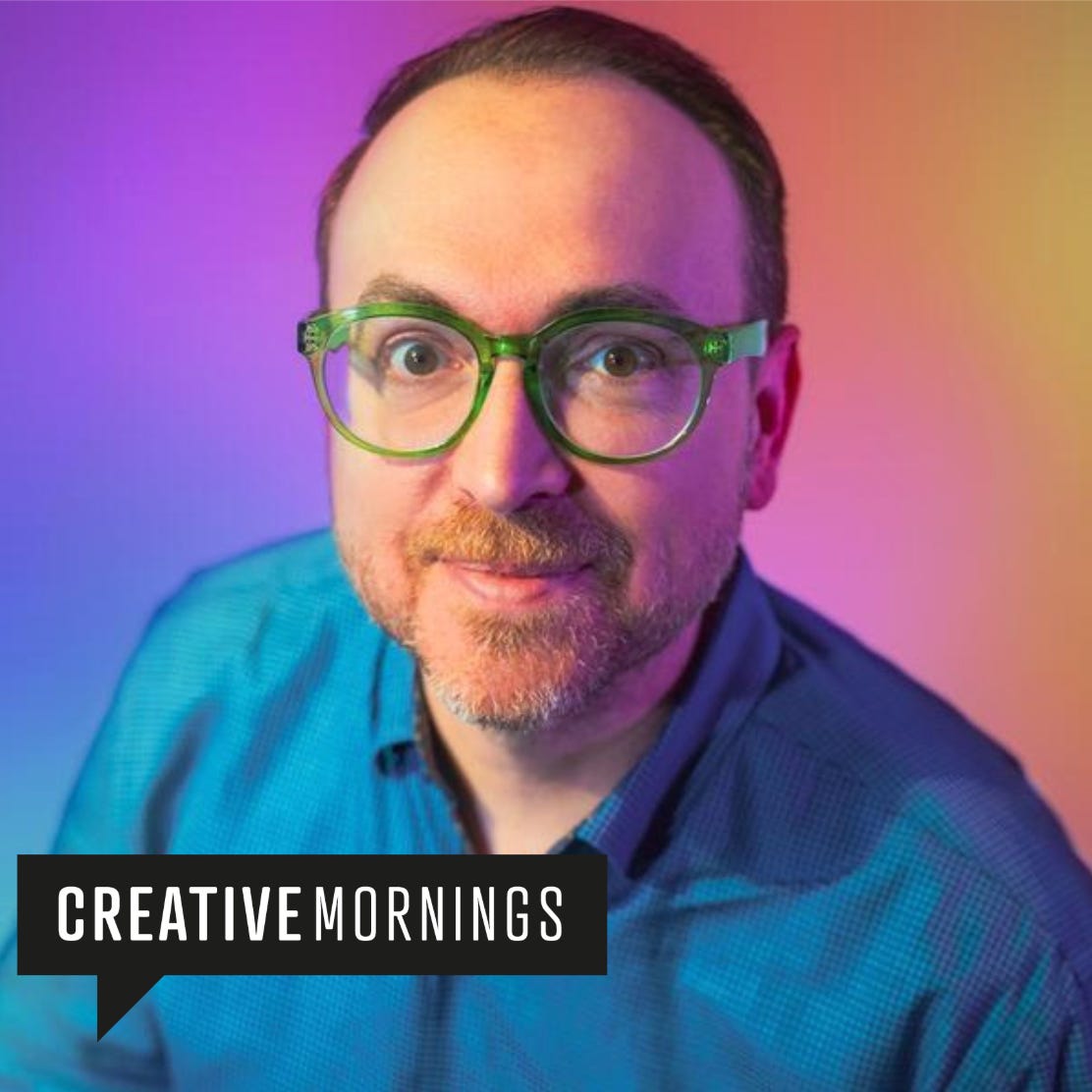






“I am Cornholio”
Absolute classic.